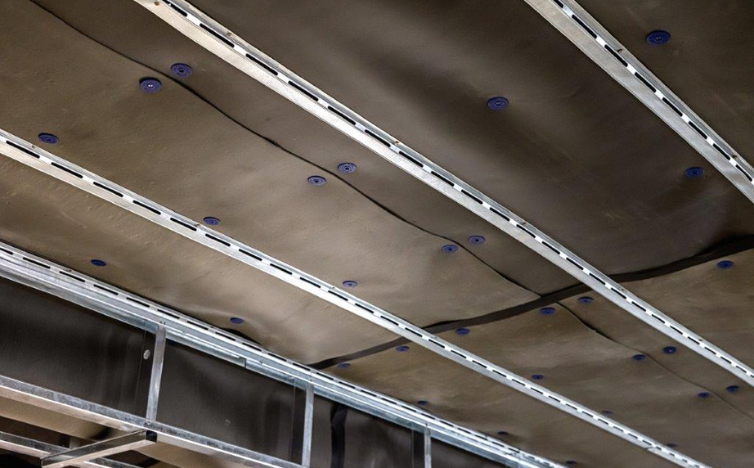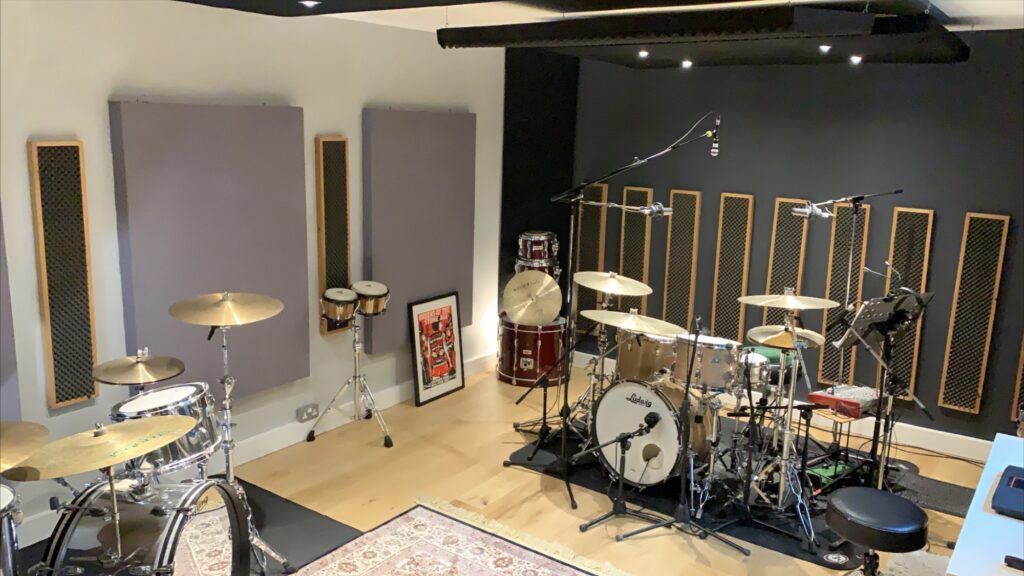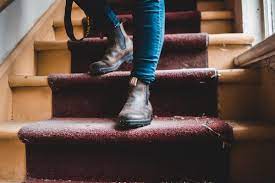Mass Loaded Vinyl (MLV) is a popular soundproofing material known for its density and flexibility. However, when it comes to using MLV in humid or wet environments, many wonder if it is waterproof and how it performs under such conditions. This article explores whether MLV is suitable for wet or humid areas and provides practical tips for its use.
Is Mass Loaded Vinyl Waterproof?
Mass Loaded Vinyl is not inherently waterproof. While it is moisture-resistant to some extent, prolonged exposure to water or high humidity can compromise its effectiveness and durability. MLV is made from a combination of vinyl, barium sulfate, and other additives, which are not designed to withstand direct contact with water.
Using MLV in Humid Environments
In humid conditions, MLV can perform well as long as it is properly installed and protected. Humidity alone is unlikely to damage MLV, but it’s essential to ensure proper ventilation to prevent moisture buildup. For areas like bathrooms or basements, consider pairing MLV with a vapor barrier to enhance its longevity and performance.

Using MLV in Wet Environments
For wet environments, such as outdoor applications or areas prone to water exposure, MLV is not the best choice. If you must use MLV in such settings, ensure it is fully encapsulated within waterproof materials or coatings. Alternatively, consider using specialized waterproof soundproofing materials designed for wet conditions.
Tips for Protecting MLV in Moisture-Prone Areas
- Use a vapor barrier: Install a plastic or foil vapor barrier to shield MLV from moisture.
- Seal edges: Ensure all seams and edges are properly sealed to prevent water infiltration.
- Elevate installation: Keep MLV off the ground or away from direct water contact.
- Regular maintenance: Inspect MLV periodically for signs of moisture damage.
Call us: Contact Waseem Technical Soundproofing Expert in Dubai For Soundproofing: +971 50 209 7517
Conclusion
While Mass Loaded Vinyl is not waterproof, it can be used in humid environments with proper precautions. For wet areas, additional protective measures are necessary, or alternative materials should be considered. By understanding its limitations and taking the right steps, you can maximize MLV’s effectiveness in moisture-prone settings.




